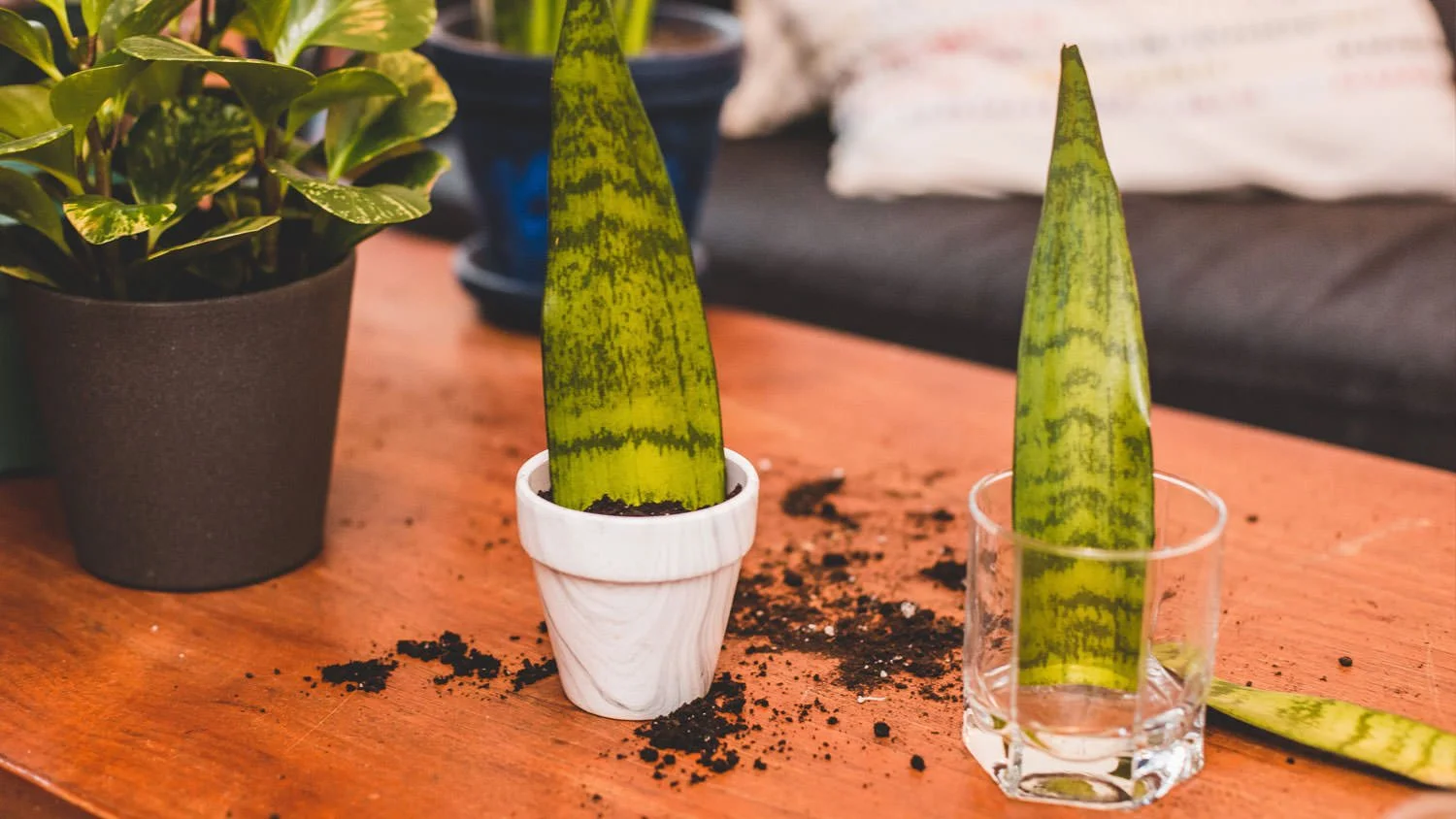Sansevieria, widely known as snake plant or mother-in-law’s tongue, is a resilient houseplant prized for its minimal upkeep and air-purifying abilities. Propagating this plant from a single leaf is straightforward and gratifying. Follow this guide to propagate your Sansevieria and potentially encourage it to bloom.
Materials Required:
- A healthy Sansevieria leaf
- A sharp, sterile knife or scissors
- Small pots or containers
- Well-draining potting mix (cactus or succulent mix)
- Water
- Rooting hormone (optional)
Propagation Process:
- Select and Cut the Leaf:
- Choose a mature, healthy leaf from the parent plant. Avoid young or damaged leaves.
- Using a sharp, sterile knife or scissors, cut the leaf as close to the base of the plant as possible.
- Prepare Leaf Cuttings:
- Slice the leaf into sections approximately 2-3 inches long. Remember to mark which end is the bottom, as this end should go into the soil.
- Optionally, dip the bottom end of each section in rooting hormone to speed up root formation.
- Allow Cuttings to Callous:
- Lay the cut sections on a flat surface in a dry, warm spot. Let them rest for 1-2 days until the cut ends develop a callous. This step helps prevent rot when planted.
- Plant the Cuttings:
- Fill small pots or containers with well-draining potting mix.
- Insert the calloused end of each leaf section about an inch deep into the soil. Make sure the cuttings are positioned upright and stable.
- Watering and Care:
- Water the cuttings lightly to moisten the soil, being careful not to overwater, which can cause rot.
- Place the pots in a warm, bright area with indirect sunlight. Direct sunlight can be too harsh and may damage the cuttings.
- Wait for Root Development:
- Patience is key, as rooting can take anywhere from several weeks to a few months. Keep the soil slightly moist but not soggy.
- Check for roots by gently tugging on the cuttings. If you feel resistance, roots have likely developed.
- Transplanting:
- Once the cuttings have established roots and show new growth, transplant them into larger pots with fresh potting mix.
- Continue to care for these new plants just as you would for a mature Sansevieria.
Encouraging Blooming:
Sansevieria can flower, though it is relatively rare indoors. Here’s how to increase your chances of seeing blooms:
- Ensure Adequate Light: While Sansevieria can tolerate low light, it flourishes in bright, indirect sunlight. Make sure your plant gets sufficient light to promote blooming.
- Water Appropriately: Allow the soil to dry out between waterings. Overwatering can hinder flowering and lead to root rot.
- Maintain Optimal Temperature and Humidity: Sansevieria prefer warm conditions (70-90°F or 21-32°C) and low to moderate humidity. Keep the plant away from drafts and cold windows.
- Fertilize Moderately: Use a balanced, diluted houseplant fertilizer during the growing season (spring and summer). Avoid over-fertilizing, which can stress the plant.
- Experiment with Stress: Occasionally, mild stress can trigger blooming. Try reducing watering slightly and exposing the plant to cooler temperatures briefly.
By following these steps, you can successfully propagate Sansevieria from a single leaf and may even witness its rare, fragrant flowers.
